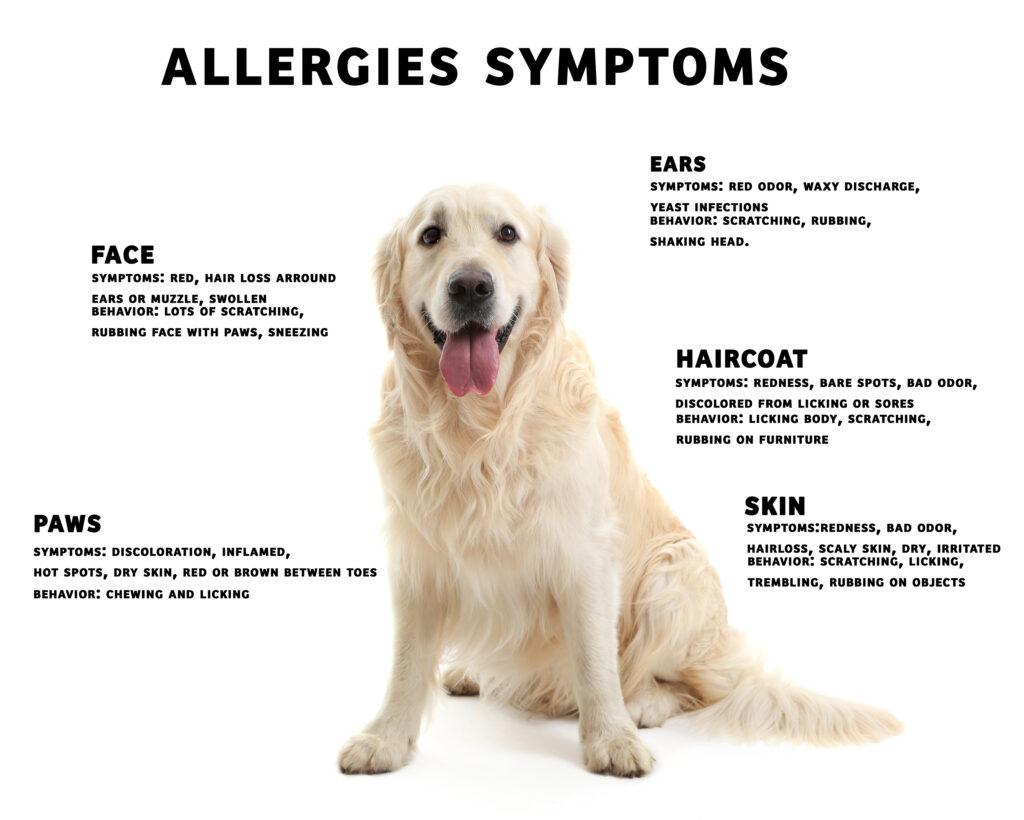
Exploring the Connection: Diet’s Role in Pet Allergies
In a world where our furry companions hold a special place in our hearts, their health adn well-being are paramount. Yet, as pet owners, many of us face the frustrating challenge of allergies—those pesky, often mysterious reactions that can leave both pets and their humans feeling uncomfortable.While we might instinctively turn to environmental triggers, such as pollen or dust, the role of diet in exacerbating or alleviating these allergies is becoming an increasingly important area of exploration. In this article, we will delve into the intricate relationship between what our pets eat and their allergic responses, uncovering the surprising links between nutrition, immune function, and overall health. join us as we navigate the complexities of pet allergies, examining how dietary choices can be a game-changer in fostering a happier, healthier life for our beloved companions.
Table of contents
- Understanding Pet Allergies and Their Triggers
- Identifying Food Ingredients That May Cause Reactions
- Tailoring Nutrition to minimize Allergic Responses
- Holistic Approaches to Managing Diet and Allergy Symptoms
- To Conclude

Understanding Pet Allergies and Their Triggers
Pet allergies are often the result of an immune response to specific substances, commonly known as allergens. These allergens can be found in various forms, and understanding their sources is crucial for managing your pet’s health. Among the most common triggers are:
- Pollen: seasonal changes can increase exposure to pollen from grasses, trees, and weeds.
- Dust Mites: microscopic creatures that thrive in household environments.
- Flea Saliva: even a single flea bite can trigger severe allergic reactions in sensitive pets.
- Food Ingredients: common proteins such as chicken, beef, or dairy can provoke food allergies.
Diet features prominently in the conversation about pet allergies, as it can both alleviate and exacerbate existing conditions. Ingredients in commercial pet foods may contain additives or allergens that contribute to allergic reactions. To better understand this connection, consider a nutritional analysis of your pet’s diet against their allergy symptoms. Below is a simple table showcasing common food allergens linked to dietary sensitivities:
| Allergen | Common Sources |
|---|---|
| Chicken | Poultry-based dog foods, treats |
| Beef | Beef meal, meat by-products |
| Dairy | Cream, cheese, milk treats |
| wheat | Grain-based kibbles, biscuits |
By monitoring your pet’s food intake and considering a hypoallergenic diet or limited ingredient options, you can help reduce the incidence of allergic reactions. Always consult with a veterinarian before making major changes to your pet’s diet, as they can provide tailored advice based on individual health needs.

Identifying Food Ingredients That May Cause Reactions
Understanding which food ingredients might trigger allergic reactions in pets is crucial for maintaining their health. Many common ingredients found in pet food can contribute to adverse reactions. Ingredients like beef, dairy, and chicken are notorious culprits. Though, other less obvious offenders, such as corn, wheat, and even some preservatives, can also lead to discomfort. Watching out for these ingredients is the first step in identifying potential allergies. Keeping a detailed diary of your pet’s reactions to various foods can significantly help in pinpointing the issues.
When examining food labels, it’s essential to look beyond just the meat products and grains.Other ingredients can provoke reactions based on your pet’s individual sensitivities.Here are some additional ingredients that could be problematic:
- Eggs
- Fish
- Soy
- Antioxidants like BHA and BHT
- Artificial flavors
To make this process more manageable, consider using a table to summarize potential allergens in relation to common pet diets:
| Ingredient | potential Allergen? |
|---|---|
| Beef | Yes |
| Chicken | Yes |
| Wheat | Yes |
| Corn | Yes |
| Fish | Sometimes |

Tailoring Nutrition to Minimize Allergic Responses
Crafting a diet tailored to your pet’s unique needs is pivotal in mitigating allergic reactions. By identifying and eliminating specific allergens from their diet,you can significantly improve their overall health and well-being. Here are some strategies to consider:
- Elimination Diets: Gradually introduce a single protein source and carbohydrate while monitoring for any allergic responses.
- Novel Protein Sources: Utilize uncommon protein sources like venison or duck, especially if traditional meats are offenders.
- Whole Foods: Opt for fresh, whole ingredients rather of processed foods to reduce additive-related allergies.
- Hydration: Ensure your pet stays well-hydrated, as under-hydration can exacerbate allergy symptoms.
Maintaining a precise record of your pet’s food intake and their reactions can also enlighten you about what works and what doesn’t. Consider using a simple tracking table:
| Food Item | Reaction Noted | Date |
|---|---|---|
| Chicken | Itching | 01/15/2023 |
| Rice | No Reaction | 01/20/2023 |
| Fish | Diarrhea | 01/25/2023 |
| Sweet Potato | No Reaction | 01/30/2023 |
Monitoring these variables allows you to pinpoint troublesome foods accurately and can lead to the customization of a diet that fosters better health for your furry friend. As you navigate this journey, always consult with a veterinarian or a pet nutrition specialist to formulate a balanced diet that meets your pet’s nutritional requirements while avoiding allergens.

Holistic Approaches to Managing Diet and Allergy Symptoms
Integrating holistic approaches into the management of diet and allergy symptoms can significantly improve your pet’s overall health and well-being. By emphasizing the importance of a balanced diet tailored to the unique needs of your pet, you can mitigate allergy symptoms and enhance their quality of life.Consider implementing dietary modifications such as:
- Species-appropriate nutrition: Ensure your pet’s diet closely resembles their natural dietary habits.
- Limited ingredient diets: Focus on fewer ingredients to identify potential allergens.
- Incorporation of anti-inflammatory foods: Include omega-3 fatty acids from fish oils or flaxseed to combat inflammation.
- Probiotics and prebiotics: Boost digestion and immune response by promoting gut health.
Additionally, option therapies can complement dietary changes in managing allergies. Techniques such as acupuncture, herbal remedies, and homeopathic treatments can provide relief, targeting the underlying issues rather than just alleviating symptoms. Below is a summary of some holistic options:
| Therapy | Benefits |
|---|---|
| Acupuncture | Enhances energy flow, reduces inflammation, and alleviates itching. |
| Herbal remedies | supports the immune system and provides natural detoxification. |
| Homeopathy | Addresses symptoms at their root level, promoting holistic healing. |
To Conclude
the intricate relationship between diet and pet allergies invites us to reconsider the role that nutrition plays in the lives of our furry companions. As we embark on this journey to explore how what we feed our pets can influence their health and well-being, it becomes clear that careful attention to dietary choices may not only alleviate allergy symptoms but also enhance overall quality of life. Each pet is unique,and understanding their individual needs is paramount to finding balance and relief. By working collaboratively with veterinarians and pet nutrition experts, we can carve a path toward a more harmonious existence for our beloved animals—one where they can thrive free from the burdens of allergens. As we leave behind the confines of this discussion, let us remember that with knowledge comes the power to make informed decisions, paving the way for healthier, happier lives for our four-legged family members.





